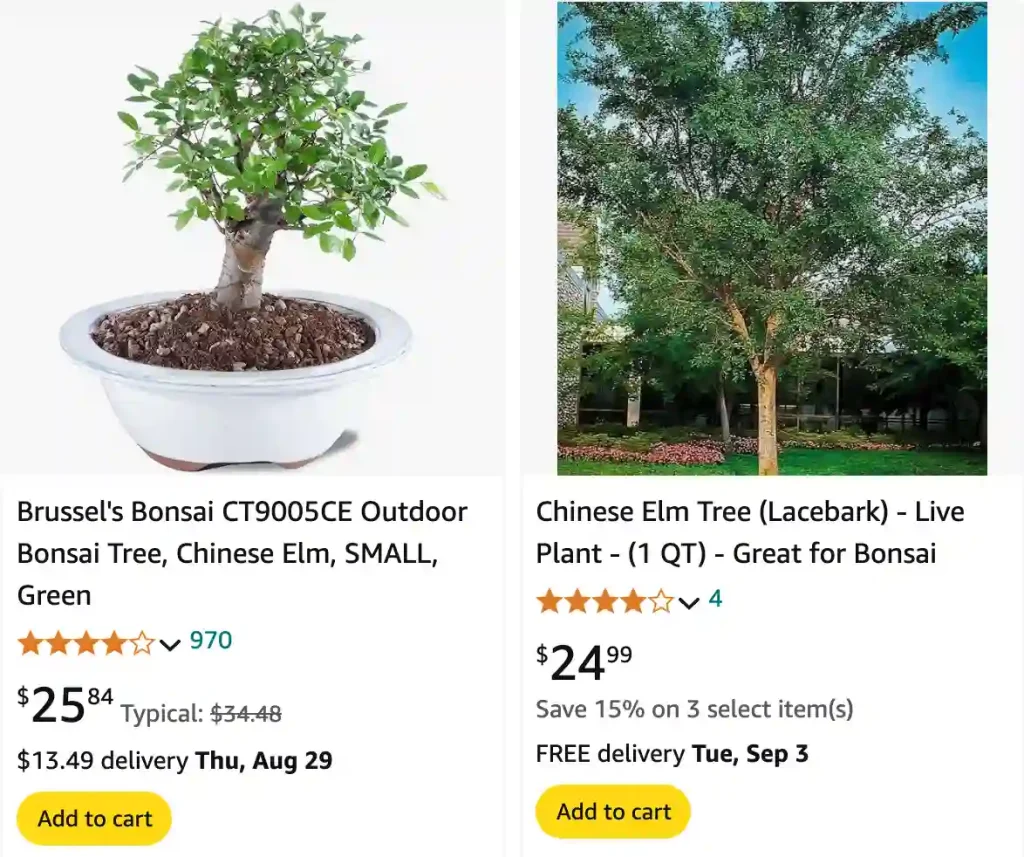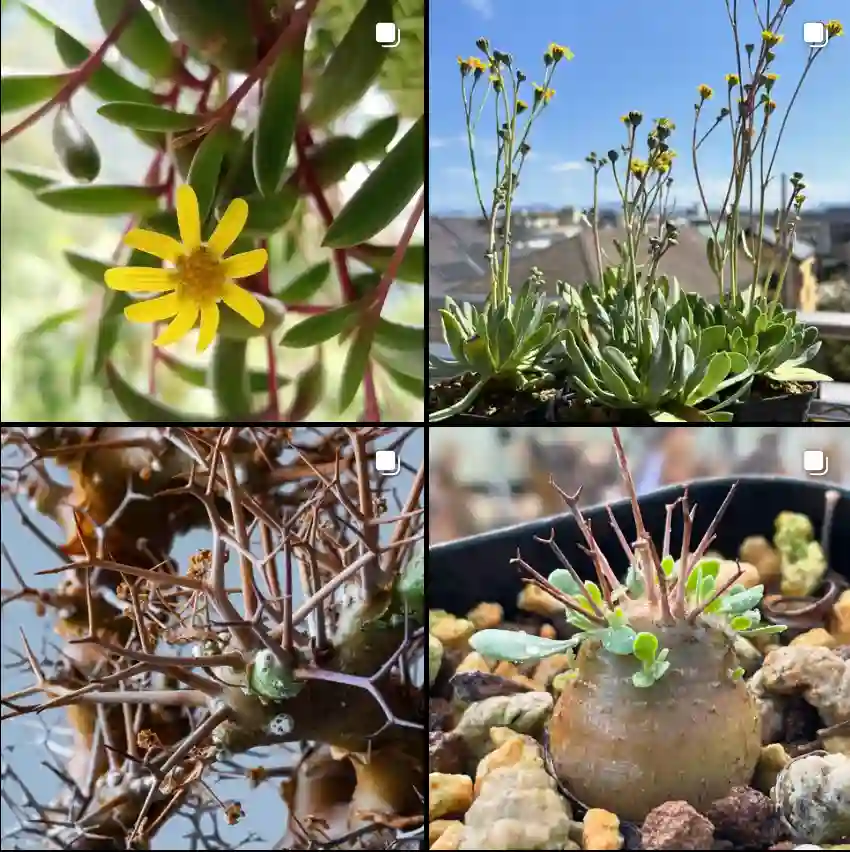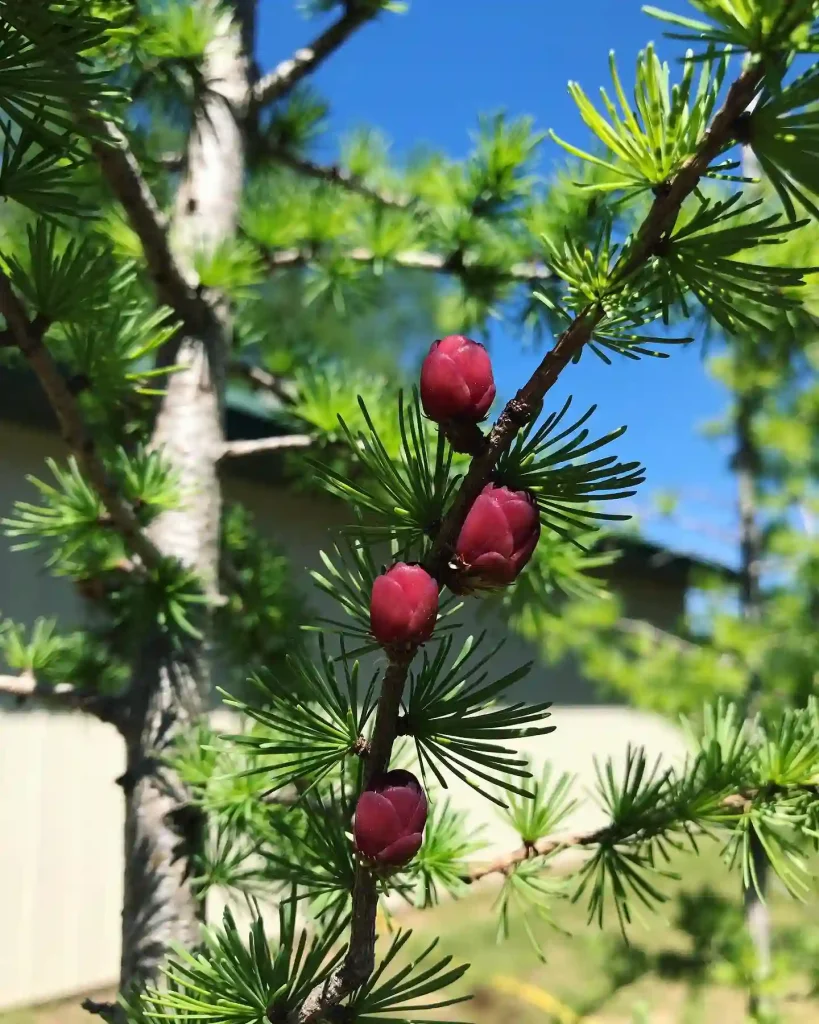
Exploring the Beauty and Versatility of the Chinese Elm
The Chinese Elm (Ulmus Parvifolia) holds a special place in my heart. It’s a tree that marries elegance with resilience, making it one of my favorite additions to landscapes. Over the years, I’ve cultivated and cared for several Chinese Elms, appreciating their adaptability, unique aesthetic, and understated strength.
43 Species in Genus Ulmus
A Tree with Character
The first thing that drew me to the Chinese Elm was its distinctive bark. Unlike other trees whose bark might seem monotonous, the Chinese Elm boasts a patchwork of colors and textures. The exfoliating bark reveals shades of orange, gray, and brown, creating a mosaic effect that’s visually striking, especially in winter when the leaves are gone.
I remember one brisk autumn afternoon when I noticed how the sunlight illuminated the tree’s bark, casting intricate shadows. It was a reminder of how nature’s art can rival anything man-made.
Graceful Canopy and Dense Foliage
The canopy of the Chinese Elm is another standout feature. Its graceful, arching branches form an umbrella-like structure that provides ample shade. The small, serrated leaves are glossy green in spring and summer, transitioning to warm shades of yellow and purple in autumn.
I often find myself sitting under its canopy during hot summer afternoons. The dense foliage not only keeps the sun at bay but also creates a tranquil ambiance. It’s a perfect spot for reading or simply enjoying a moment of peace.
Versatility in Landscape Design
One of the reasons I gravitate toward the Chinese Elm is its versatility. Whether I’m looking to create a bonsai masterpiece, line a driveway, or add an ornamental feature to the yard, this tree adapts beautifully.
I once shaped a Chinese Elm into a bonsai, a process that taught me patience and precision. Its natural growth pattern lends itself well to pruning and training, making it a favorite among bonsai enthusiasts.
For larger landscapes, I’ve used Chinese Elms as shade trees and windbreaks. Their moderate size and adaptability to various soil types make them easy to work with. Plus, they’re drought-tolerant once established, which is a boon for low-maintenance gardening.
Resilience and Adaptability
The Chinese Elm is a survivor. It thrives in urban settings where pollution, compacted soil, and fluctuating temperatures might challenge other trees. I’ve planted Chinese Elms in areas with poor drainage and even in rocky soils, and they’ve flourished.
This tree is also highly resistant to Dutch elm disease and elm leaf beetles, which have decimated other elm species. Knowing that my efforts won’t be undone by these common issues gives me peace of mind.
Environmental Benefits
Beyond its beauty, the Chinese Elm provides tangible environmental benefits. Its dense canopy reduces urban heat islands, and its deep root system helps prevent soil erosion. I’ve noticed a marked difference in the air quality and soil stability around the areas where I’ve planted them.
One summer, after planting a row of Chinese Elms along a slope prone to erosion, I observed how effectively their roots anchored the soil during heavy rains. Watching the positive impact of my planting efforts was deeply satisfying.
A Tree for Every Gardener
Whether you’re a seasoned arborist or a beginner, the Chinese Elm is a tree you can appreciate. It requires minimal maintenance, and its rapid growth means you don’t have to wait decades to enjoy its full splendor.
For me, caring for Chinese Elms is more than a gardening task; it’s a form of therapy. Pruning their branches, tending to their soil, and simply observing their growth connects me to the rhythm of nature.
Does Salt Kill Chinese Elm Trees?
Yes, salt can kill Chinese Elm trees. These trees are sensitive to salt, particularly when it comes to salt used for de-icing roads in winter. Excess salt can damage the roots, leading to poor growth or even death. If you have Chinese Elms near roads or areas where salt is frequently used, it’s important to manage salt exposure carefully.
How Do You Kill Chinese Elm Trees?
Killing a Chinese Elm tree usually involves severing its roots or applying herbicides. Cutting the tree down to the stump and applying a glyphosate-based herbicide to the stump can be effective. Another method is to use systemic herbicides that are absorbed by the tree’s vascular system. However, this should be done with caution, as herbicides can affect surrounding plants and the environment.
Is Chinese Elm Good Firewood?
Chinese Elm is a decent choice for firewood. It burns well and produces a steady heat. The wood is dense and tends to burn hot and long, making it a good option for heating. However, it may not be the best choice for indoor fires due to its tendency to create a lot of ash and its moderate smoke output.
Are Chinese Elm Trees Invasive?
Chinese Elm trees can be considered invasive in some regions. They have a tendency to spread quickly and outcompete native plants. Their seeds are prolific, and they can establish themselves in a variety of environments, making them a challenge for maintaining local biodiversity.
Can Chinese Elm Bonsai Be Kept Indoors?
Yes, Chinese Elm bonsai can be kept indoors. They are quite adaptable and can thrive indoors if given the right conditions. Ensure they receive plenty of light, and keep the humidity levels consistent. They do well near a window with indirect sunlight, but be cautious of direct sunlight that can scorch the leaves.
Do Chinese Elm Bonsai Lose Their Leaves?
Chinese Elm bonsai trees can lose their leaves, particularly during the winter months or if they are stressed. This leaf drop is a natural part of their growth cycle and should not be a cause for concern if the tree is otherwise healthy.
How Fast Do Chinese Elm Trees Grow?
Chinese Elm trees grow relatively fast. Under ideal conditions, they can add several feet of height each year. This rapid growth makes them popular for quick shade and as landscape trees. However, their vigorous growth can also mean frequent pruning to maintain shape and size.
How Long Do Chinese Elm Trees Live?
Chinese Elm trees have a relatively long lifespan. In ideal conditions, they can live for several decades, with some trees reaching over 50 years. Their longevity contributes to their popularity in landscaping and bonsai.
How To Care For Chinese Elm Bonsai
Caring for Chinese Elm bonsai involves regular watering, proper pruning, and monitoring for pests. Keep the soil consistently moist but not waterlogged. Prune the tree to maintain its shape and encourage healthy growth. Additionally, be vigilant about pests like aphids and scale insects.
How To Prune A Chinese Elm Bonsai Tree
Pruning a Chinese Elm bonsai involves removing unwanted branches and leaves to shape the tree and promote a balanced structure. Use sharp, clean tools and cut back to just above a node to encourage new growth. Regular pruning helps maintain the tree’s miniature size and enhances its aesthetic appeal.
Is Chinese Elm Poisonous?
Chinese Elm is not considered poisonous to humans. It is generally safe to handle and work with. However, it’s always good practice to wash your hands after handling plants to avoid any potential irritation.
Is Chinese Elm Poisonous To Cats?
Chinese Elm is not toxic to cats. If your cat chews on the leaves or bark, it is unlikely to cause serious harm. However, ingestion of any plant material can sometimes lead to mild gastrointestinal upset, so it’s wise to monitor your pet.
Is Chinese Elm Poisonous To Dogs?
Chinese Elm is also not known to be poisonous to dogs. Like cats, dogs that chew on the leaves or bark may experience mild digestive issues but should not face serious health risks. Keep an eye on your dog to prevent excessive chewing on plants.
Chinese Elm vs Siberian Elm
Chinese Elm and Siberian Elm are both hardy trees, but they have distinct differences. Chinese Elm (Ulmus parvifolia) has smaller, serrated leaves and a more refined appearance, while Siberian Elm (Ulmus pumila) has larger, coarser leaves and a more rugged look. Siberian Elm tends to be more invasive and less preferred for bonsai.
Chinese Elm vs American Elm
Chinese Elm and American Elm (Ulmus americana) differ mainly in their leaf structure and growth habit. American Elm has larger, more serrated leaves and a characteristic vase-shaped canopy, while Chinese Elm leaves are smaller and more rounded. Chinese Elm is often preferred for bonsai due to its smaller leaves and slower growth.
Chinese Elm vs Chinese Pistache
Chinese Elm and Chinese Pistache (Pistacia chinensis) are different species with distinct characteristics. Chinese Pistache has colorful foliage in the fall, with bright red and orange leaves, while Chinese Elm maintains a more consistent green color throughout the year. The Chinese Pistache also has a more open canopy and different fruiting habits compared to the Chinese Elm.
Chinese Elm vs Japanese Elm
Chinese Elm and Japanese Elm (Ulmus davidiana) can be distinguished by their leaf and bark characteristics. Japanese Elm has larger leaves with a more pronounced serration, while Chinese Elm has smaller, less serrated leaves. The bark of Japanese Elm tends to be smoother and less flakey compared to the more textured bark of Chinese Elm.
Chinese Elm vs Zelkova
Chinese Elm and Zelkova (Zelkova serrata) are often compared due to their similar appearance and use in landscaping. Zelkova has a more uniform, finer texture of leaves and a smoother bark compared to the more rugged Chinese Elm. Zelkova trees generally have better resistance to pests and diseases, making them a more robust choice for some landscapes.
Conclusion
Whether you are considering Chinese Elm for your landscape, bonsai collection, or firewood, understanding its characteristics and care requirements is essential. From its growth rate and lifespan to its comparisons with similar species, this versatile tree offers a range of benefits and challenges that can suit various needs and preferences.
If i die, water my plants!



